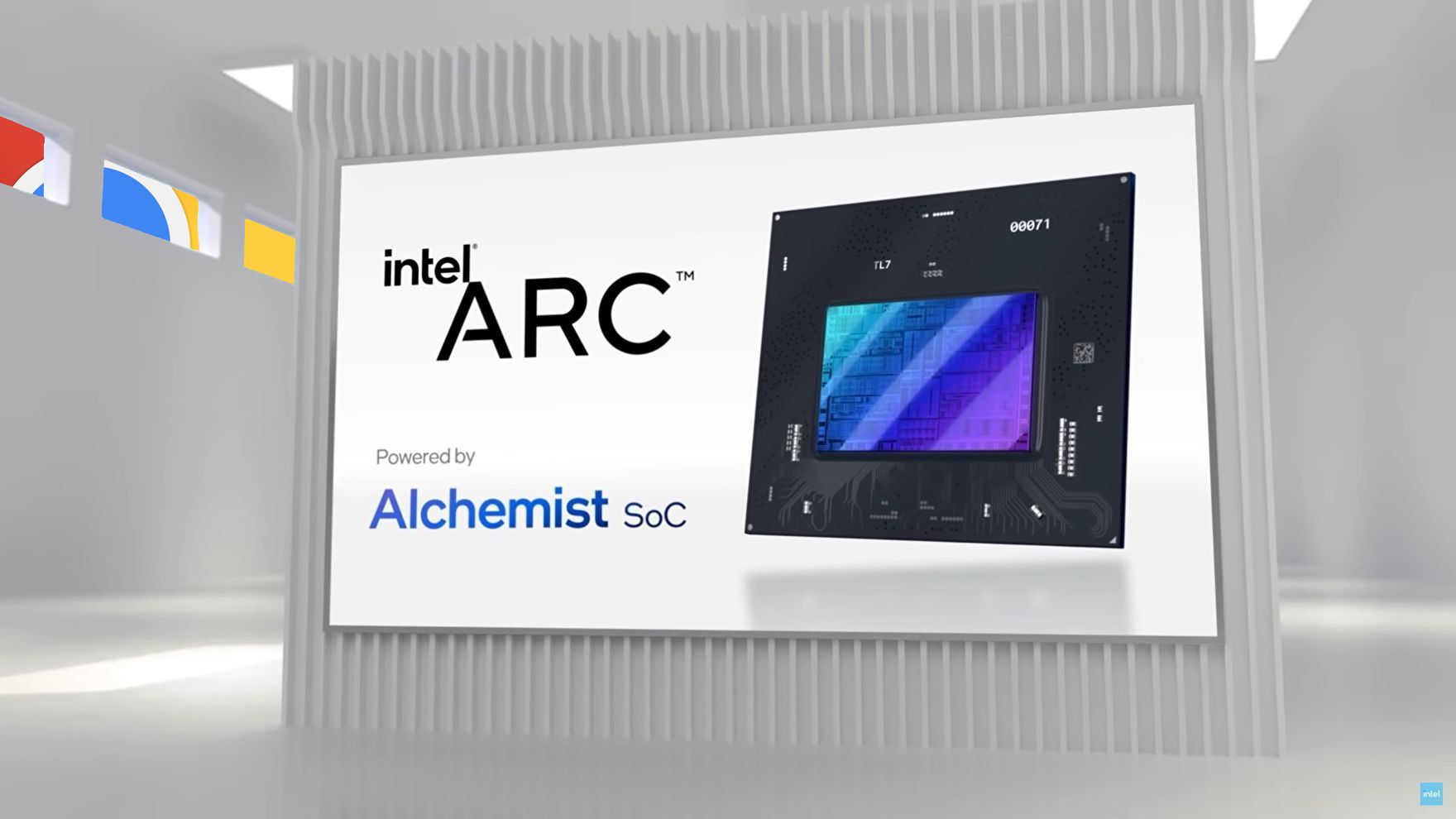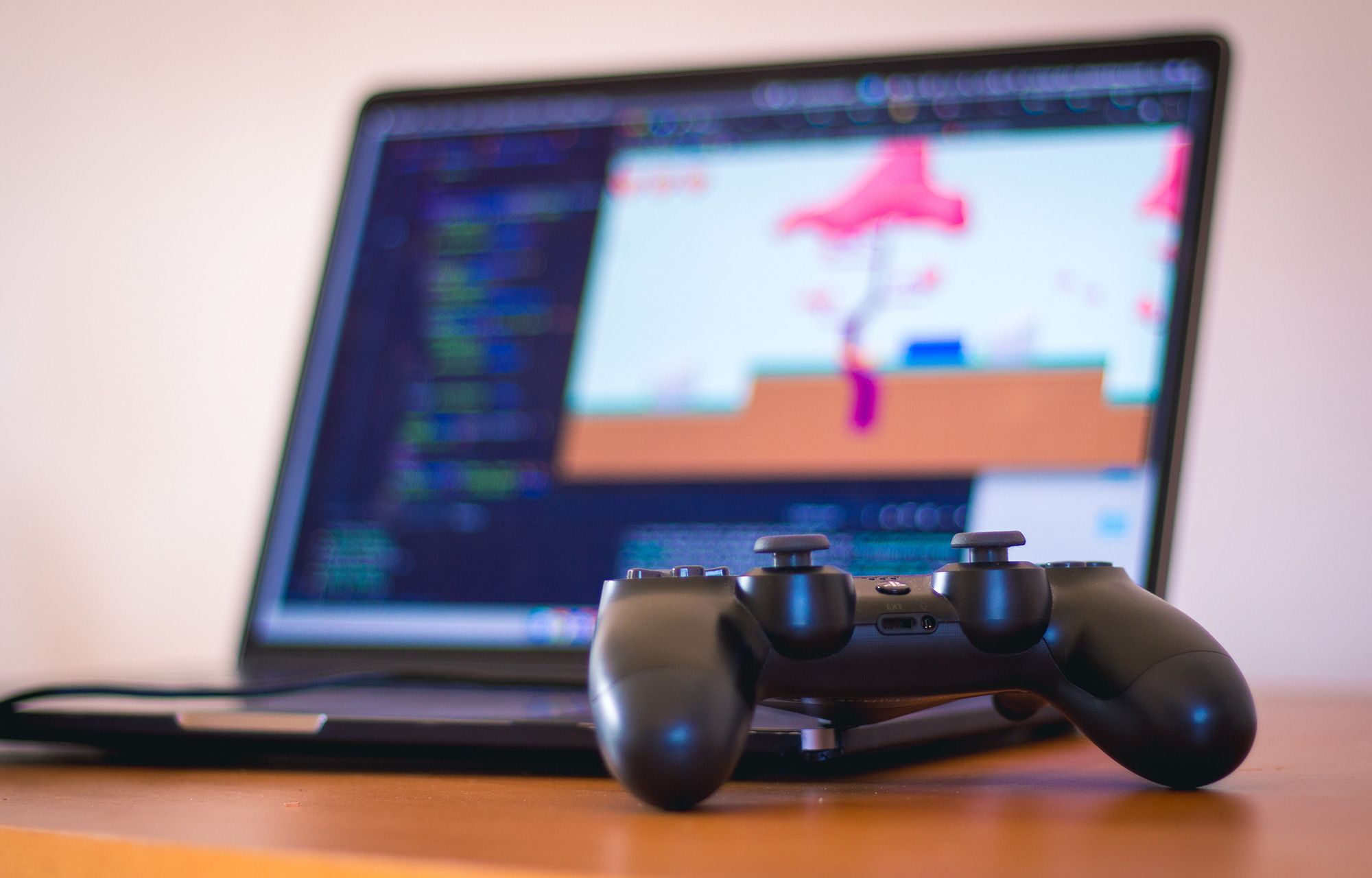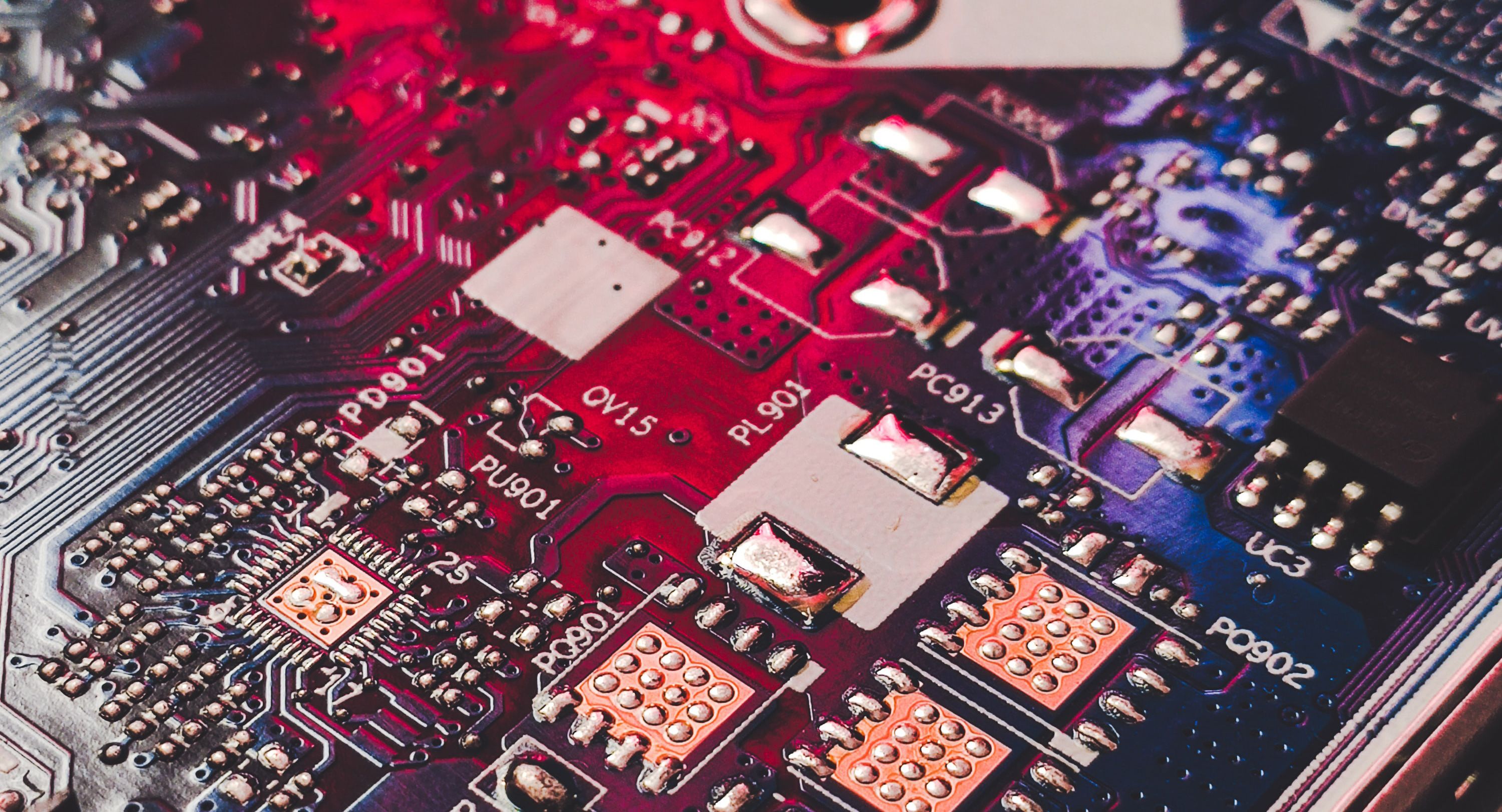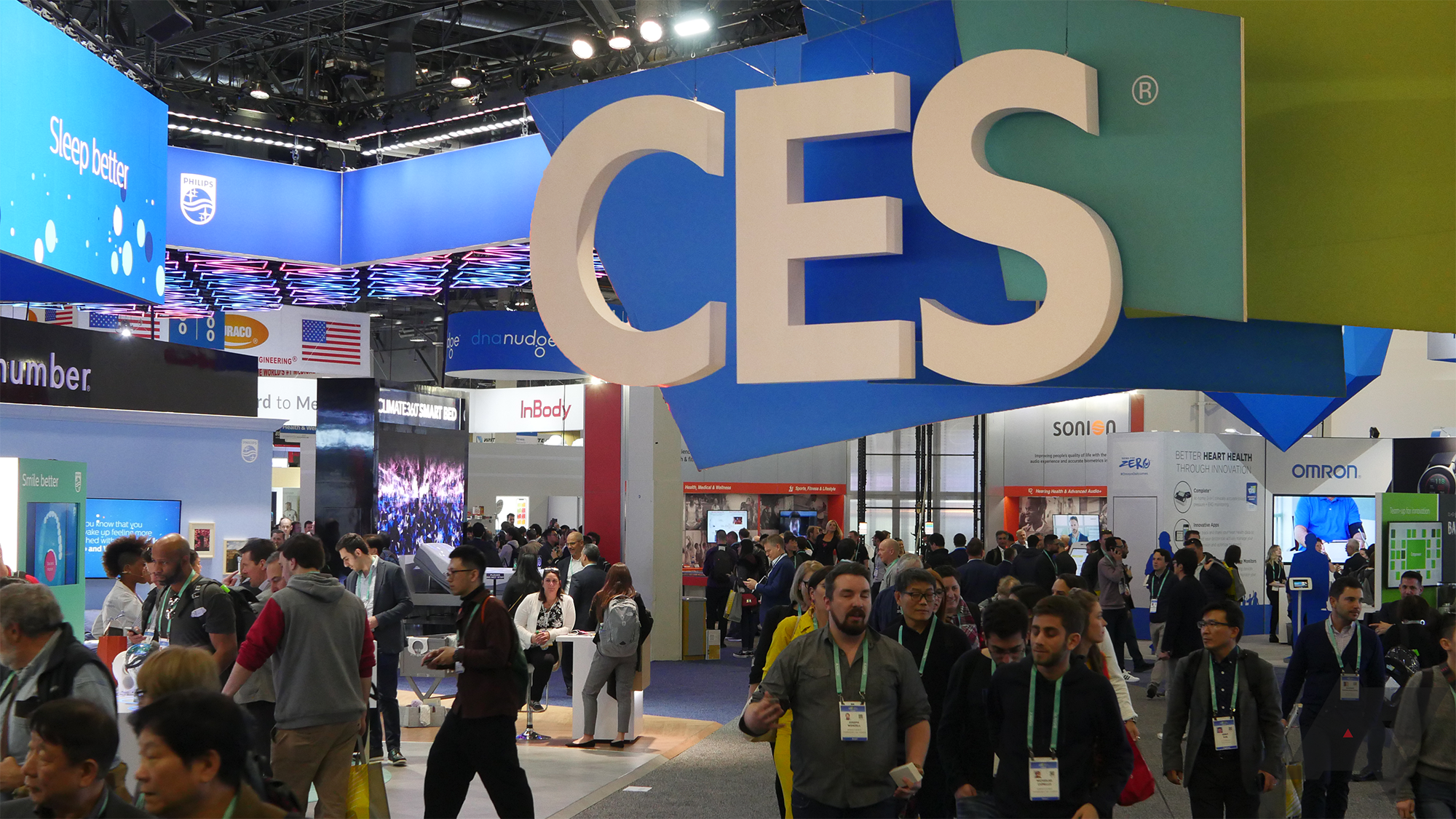Every day we inch closer to an official release of Steam on Chromebooks. But as intriguing as that sounds, Chromebooks have a reputation for being mainly productivity laptops — are they even built to handle the demands of hardcore gamers? Well, with modern AMD and Intel integrated graphics, lower-end gaming is already a reality. For newer and more intensive games like Forza Horizon 5, though, there’s still a lot left to be desired. Luckily Intel has a solution up its sleeves that sounds like it might be just the trick — Intel Arc Alchemist dGPUs could be coming to Chromebooks near you.
Intel's engineers have been actively working on backporting upstream support for devices like its new DG1 and DG2 graphics cards for Chrome OS. How good are those? According to GPU Mag, the most leaked variant of the DG2, the Intel Arc A380, is about as powerful as the NVIDIA GTX 1650S. That equates to being able to play modern games at max settings at 1080p while maintaining 60 FPS, as documented by UserBenchmark. Due to the relatively low power draw, expected to be around 100 watts, this seems likely to be a mobile card suitable for laptops.
Chrome Unboxed reported earlier this year that an AMD dGPU Chromebook was being tested back in 2018. It never came to market but was likely the start of Google experimenting with graphics cards in its devices. From that, Google was able to lay down the foundation for supporting dGPUs in its Chromebooks to come.
Fast-forward to today, and Chrome OS is now being updated to handle dGPUs with VFIO-PCI by both Intel and NVIDIA engineers. That’s a fancy way of saying that a Chromebook will be able to connect a physical graphics card to a virtual machine such as Crostini (Debian Linux) or Borealis (Steam). When the virtual machine is off, the graphics card should go largely idle, only ramping up when needed — which leads to increased battery life. As it is today, the Virgil project is used to virtualize graphics support for both OpenGL and Vulkan to a virtual machine, but this presents a huge performance hit. VFIO-PCI offers direct hardware access, which should lead to near-native performance.
We can trace the beginnings of VFIO-PCI to work that was started back in 2019. There are a number of commits here related to VFIO-PCI in technologies used by Crostini. One example shows where the "crosvm" tool will be able to better handle the shutdown of a virtual machine with a dGPU attached.
We currently do not know of any specific Chromebook models in development with either an AMD, Intel, or NVIDIA dGPU, but the framework for everything is in place and constantly being worked on. All we need now is an official announcement from Google or one of its partners.
Android Police will be covering CES 2022 early next month (remotely), where some big Chromebook and gaming announcements are expected from major players. We don't know if we'll learn any more about these efforts then, but next year will most definitely be full of goodies and surprises for Chrome OS enthusiasts.




